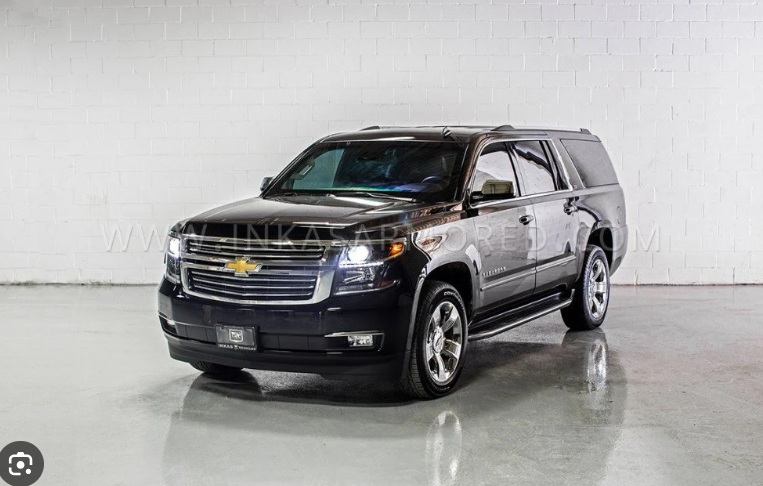In a world where personal security is a growing concern, the demand for armored cars has surged. Whether you’re a high-profile individual, a business executive, or someone who values an extra layer of protection, purchasing an armored car requires careful consideration. This guide, Armored Cars 101, aims to provide you with the essential knowledge and considerations you need before making such a significant investment in your safety.
1. Understanding Armored Vehicle Basics
a. What is an Armored Car?
At its core, an armored car is a vehicle equipped with reinforced materials designed to withstand various forms of attack. These materials typically include ballistic steel, bullet-resistant glass, and specialized components to protect occupants from external threats.
b. Levels of Protection
Armored vehicles are classified into different protection levels, often defined by ballistic standards such as the National Institute of Justice (NIJ) in the United States or the European Standard (EN 1063). These levels categorize vehicles based on their ability to withstand ballistic threats, providing buyers with a clear understanding of the protection offered by a particular vehicle.
2. Key Features to Consider
a. Ballistic Materials
The primary defense mechanism in an armored car lies in its construction materials. Ballistic steel, a hardened form of steel, is commonly used to reinforce the vehicle’s body, providing resistance against bullets and shrapnel.
b. Bullet-Resistant Glass
Windows in armored cars for sale are often made of multiple layers of laminated glass designed to absorb and disperse the impact of bullets. Advanced models may even feature electrically heated glass to prevent fogging and ensure visibility in various weather conditions.
c. Run-Flat Tires
To ensure mobility in the event of a tire blowout, many armored cars come equipped with run-flat tires. These tires are reinforced and designed to support the vehicle’s weight even when punctured, allowing the driver to continue to a safe location.
d. Advanced Security Systems
Modern Armored Suburbans often feature advanced security systems, including surveillance cameras, GPS tracking, and remote engine shutdown capabilities. These features enhance the overall security of the vehicle and its occupants.
3. Assessing Your Security Needs
Before venturing into the market, assess your specific security needs. Consider factors such as your profession, geographic location, and personal circumstances. High-profile individuals may require a different level of protection compared to those seeking a family vehicle with enhanced safety features.
4. Researching Manufacturers and Models
Not all armored vehicles are created equal. Research reputable manufacturers with a proven track record in designing and manufacturing armored cars. Reading customer reviews and seeking recommendations from security professionals can provide valuable insights into the reliability and performance of different models.
5. Testing and Inspecting the Vehicle
Before finalizing your decision, conduct a thorough test drive of the armored car. Pay attention to the vehicle’s handling, braking, and overall performance. Additionally, inspect the build quality and attention to detail in the armor installation. A reputable manufacturer will provide transparency about the materials used and the testing procedures the vehicle has undergone.
6. Customization Options
Armored cars often offer customization options to meet individual preferences. Consider the available customization choices, including interior finishes, seating arrangements, and additional features. Tailoring the vehicle to your specific needs ensures a personalized and comfortable driving experience.
7. Cost Considerations and Maintenance
While the initial cost of an armored car is a significant investment, consider the long-term costs associated with maintenance and upkeep. Regular maintenance is crucial to ensuring the continued effectiveness of the vehicle’s armor and security features.
8. Legal and Regulatory Considerations
Understand the legal and regulatory requirements associated with owning and operating an armored vehicle in your region. Compliance with local laws and regulations is essential to avoid potential legal issues.
Conclusion
Armed with the knowledge provided in Armored Cars 101, you are better equipped to navigate the complexities of purchasing an armored vehicle. By understanding the basics, key features, and important considerations, you can make an informed decision that aligns with your security needs and provides peace of mind on the road. Remember, investing in an armored car goes beyond luxury; it’s a commitment to your safety and the safety of those who matter most to you.
